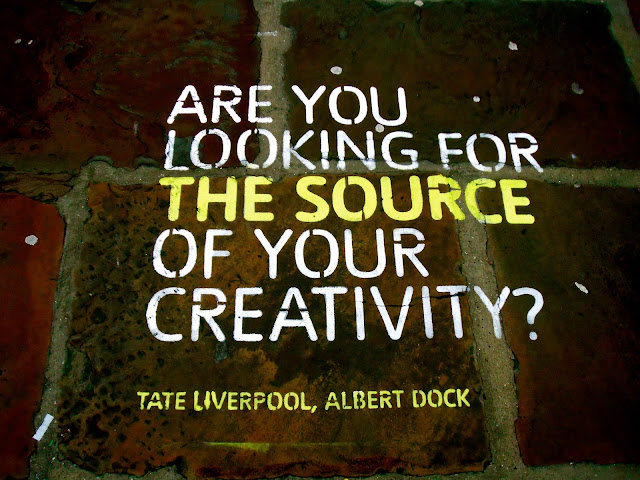In the middle of
a central Liverpool shopping district, a rustic, industrial elevator has
seemingly erupted from the ground. In the initial days of its appearance
all sorts of questions had arisen amongst the city’s people. They questioned
where it had fallen from and how something as this could occur. Many
curiously gazed above the disaster site in an eager attempt to find its source
but disconcertingly, they would discover no logical justification– just an
empty, grey Liverpudlian sky. However, this was neither a disaster nor
accident; it was in fact a mixed media installation by Israeli artist Oded
Hirsch, as part of the Liverpool biennial. Made out of heavy, industrial
materials such as black tin The Lift disturbs
the seductive environment of Liverpool One retail district and thus conforms to
the biennial’s primary exhibition The Unexpected Guest,
as it appears an unwelcome scar on the attractive, flawless shopping area. Even
though the piece has clearly been installed in a way, which makes it look
inherently realistic, the piece is realistically illogical. The concrete
slabs of the pavement are authentically broken making the elevator appear as
though it has erupted from an unknown subterranean space. This
superficial realism, however, does not prevent the viewer
from realising its irrationality. As it is placed in the main
commercial area of the city it is not unusual for one to regard the piece as a
criticism of consumerism. I personally feel that the piece aims to
disturb the uniformity and artificial perfectionism that consumerism inspires;
it essentially aims to create chaos and disarray in a controlled, orderly
consumerist space.
On another level,
I feel that the piece’s purpose is to make people ask questions. Whilst
shopping one does not usually think about important worldly issues, they
simply harbour superficial thoughts on either what they are planning
to buy or how much they are going to spend. The entrance to the artificial
elevator is mirrored and this is possibly an attempt to incorporate the viewer
into the piece. Perhaps Hirsch wanted viewers to reflect on themselves and
their consumerist actions whilst they inhabit one of the most commercialised parts
of the city.
 What I
appreciated most about the piece was the fact that, just like most of the
biennial pieces it has come out of the gallery space and into the public realm.
The advantage of this is that it promotes the accessibility of art. People who
rarely get the chance to visit a gallery are given direct access to art. They
can come into contact with it whilst going about their everyday lives and
without having to pay any admissions.
What I
appreciated most about the piece was the fact that, just like most of the
biennial pieces it has come out of the gallery space and into the public realm.
The advantage of this is that it promotes the accessibility of art. People who
rarely get the chance to visit a gallery are given direct access to art. They
can come into contact with it whilst going about their everyday lives and
without having to pay any admissions. 



